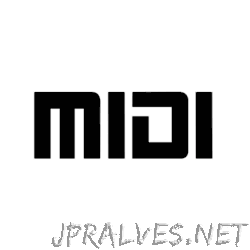Other
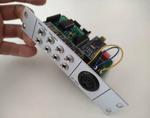
“In 2021 I published a project about a MIDI to CV converter capable of generating up to four control voltages and four digital signals from MIDI messages. It was built around an Arduino nano and a MCP4728 DAC and has …
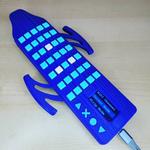
“The MIDILodica is a breath-controlled, 3D printed, open-source MIDI device that features a pressure sensor, 35 reassignable note buttons, a softpot strip potentiometer, full menu navigation with a 320x172 screen, and underside button for additional MIDI and octave manipulation. This …
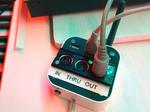
“Connect & control your old MIDI devices with modern plug in formats. A RaspberryPi Zero works headless extended by a web interface. As I added a modern Keyboard to my Synthesizers from the 90’s, I realized the gap between the …
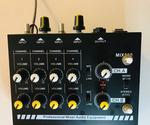
“This is a multi-voice programmable synthesizer built from an Arduino Pro Micro. The voices come from Arduino output pins programmed to produce square waves and pulse waves. One of these pins is used to subject an external audio input to …
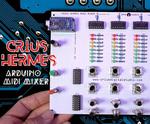
“Hi! I am Crius and I LOVE MIDI Controllers! The last couple of years I started learning about electronics from nothing to be able to build my own MIDI controllers that would serve my needs , taste and be cheaper overall …
“Crius “OctaPot” MIDI Mixer consists of 8 potentiometers with which we can control the parameters such as Volume,Pan,Delay,Reverb,Attack ect.. of the VST-Plugin or the DAW that we play music with. Supplies: - Arduino Nano x1 (We …
“Hi!I am Crius and I LOVE MIDI Controllers! The last couple of years I started learning about electronics from nothing to be able to build my own MIDI controllers that would serve my needs , taste and be cheaper overall …

“This C++ boilerplate template allows for creating Synthesizers, Effects and other Audio DSP related projects based on the cheap and easily available RP2040 MCU. It targets the “RP2040 Eurorack DSP Demo Board”, which I have made. The DSP board contains …
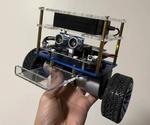
“Background/Goals The goal of our project was to make a two wheel inverted pendulum (TWIP) robot dance to music. The most straightforward way to do this would be to record a set of commands that go well with a …
“I love tinkering with the Raspberry Pi Pico, since it is an easy starting point for anyone that wants to get into microcontrollers. In this detailed instructuble I want to guide you how you can create your own MIDI controller …

